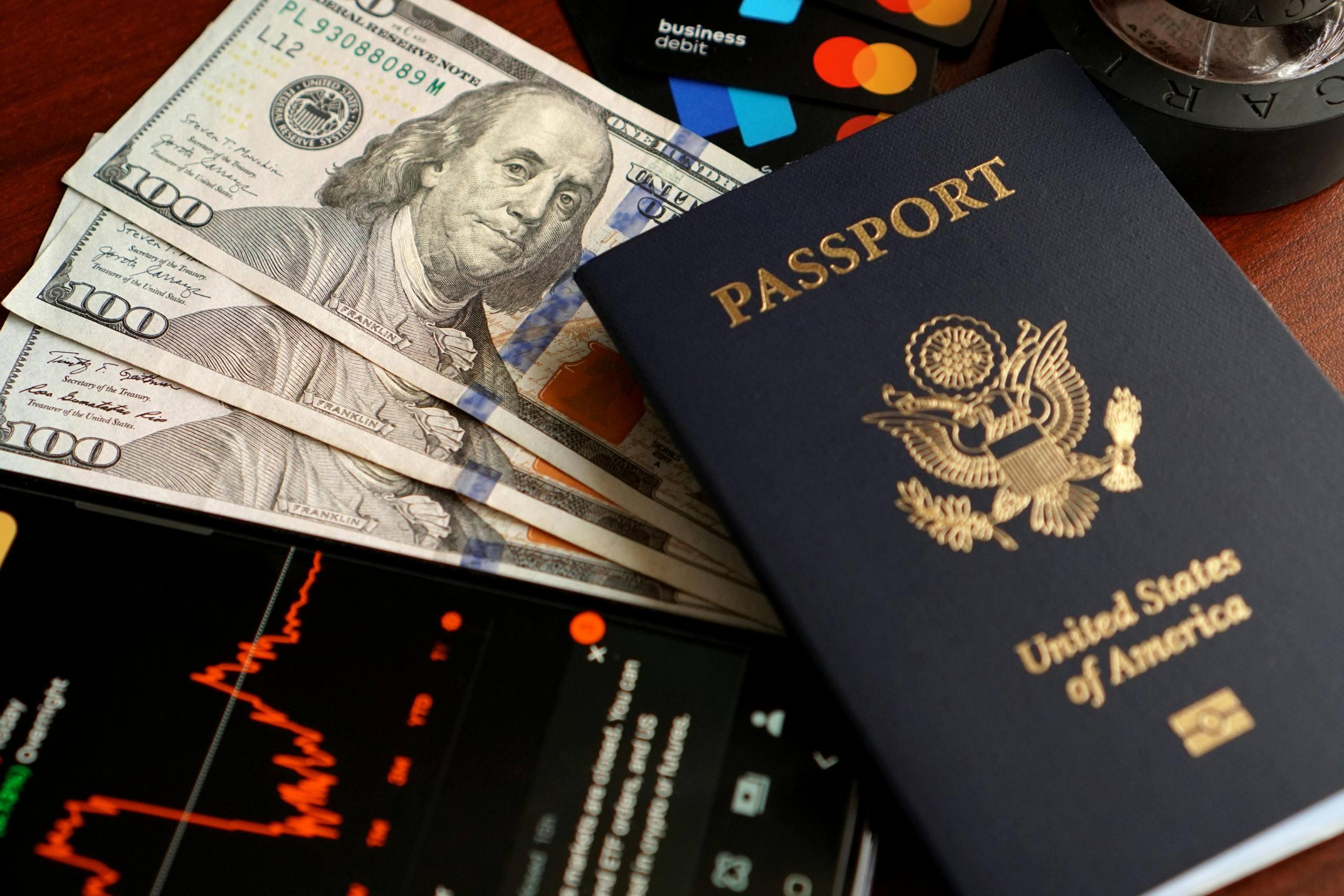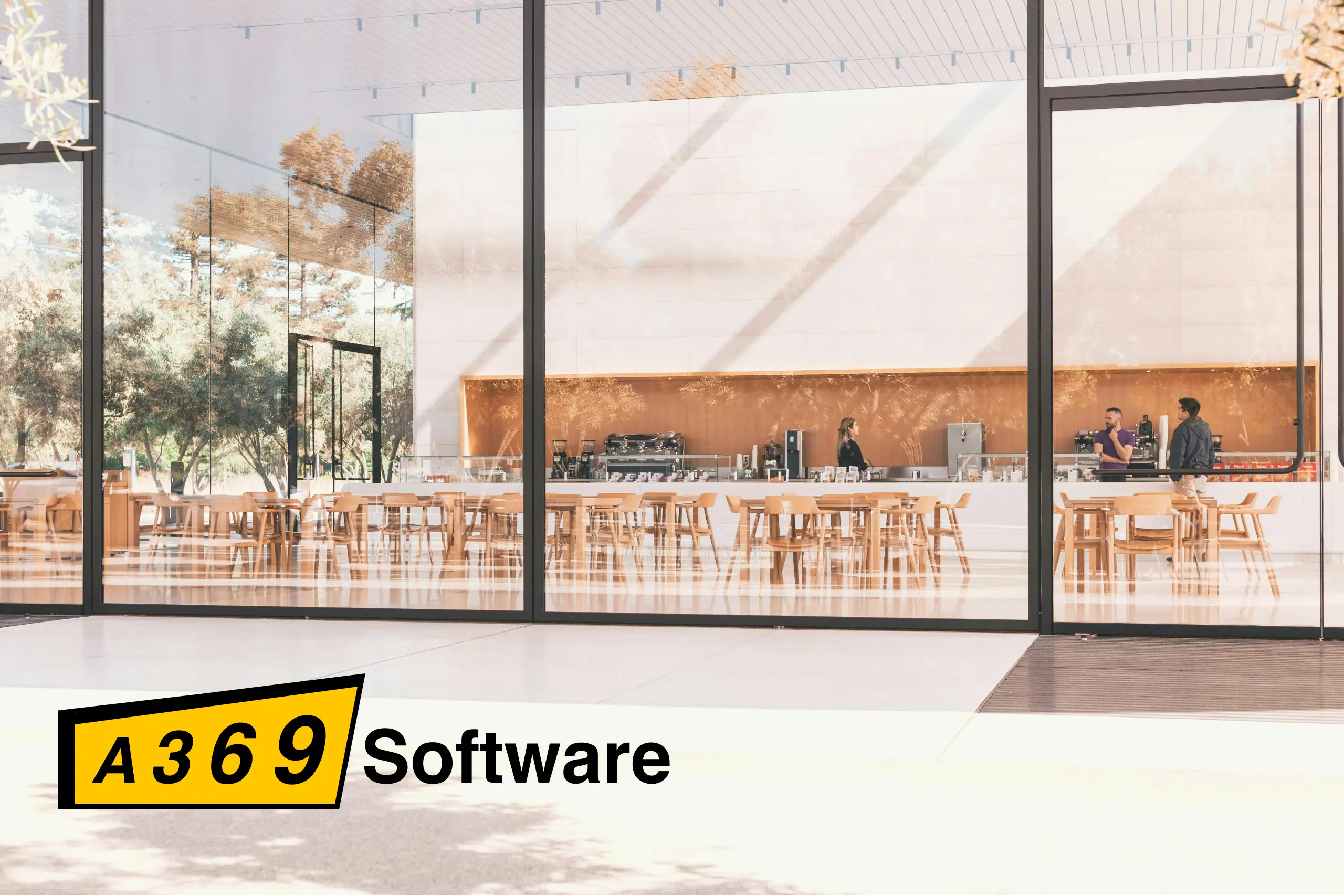How to start a restaurant is an exciting journey that requires careful planning and financial preparation. Whether you’re opening a small bistro or a family-style diner, this guide will show you exactly what it takes — from budgeting to licensing and beyond.
1. Initial Considerations

Before jumping into the numbers, here are a few key questions to ask:
- What type of restaurant will it be (fast casual, full-service, food truck)?
- What is your target market?
- Where will your restaurant be located?
The answers to these questions greatly impact your startup costs.
2. How to Start a Restaurant: Average Cost to Open a Small One

According to recent industry reports, the average cost to open a small restaurant ranges from $150,000 to $500,000. Here’s a breakdown of where that money typically goes:
A. Leasing or Purchasing Property
- Cost: $2,000 – $12,000/month (depending on location)
- Tip: Consider negotiating a grace period for build-out time with your landlord.
B. Renovations and Interior Design
- Cost: $20,000 – $100,000
- This includes plumbing, electricity, seating, and aesthetic upgrades.
C. Kitchen Equipment
- Cost: $30,000 – $80,000
- Includes ovens, refrigerators, fryers, prep tables, and dishwashers.
D. Licenses and Permits
- Cost: $5,000 – $15,000
- Includes health permits, food handler permits, liquor licenses (if applicable), and business licenses.
- For a full list of required permits, visit the U.S. Small Business Administration (SBA) website.
E. Initial Food Inventory
- Cost: $5,000 – $15,000
- Make sure to stock up based on a limited but versatile menu.
F. Technology and POS Systems
- Cost: $2,000 – $10,000
- This includes your point-of-sale (POS) system, kitchen display system, and online ordering platform.
G. Marketing and Branding
- Cost: $5,000 – $20,000
- Include website creation, SEO, social media marketing, and traditional advertising.
H. Working Capital (3-6 Months)
- Cost: $20,000 – $100,000
- Helps cover operating costs before profits roll in.
3. How to Start a Restaurant with the Right Funding Options

There are several ways to fund your small restaurant startup:
- Personal Savings
- Bank Loans
- SBA Loans
- Investors or Partnerships
- Crowdfunding
For a deeper look into building a successful restaurant strategy, check out our guide: How to Write a Restaurant Business Plan
4. Budget Tips for Starting a Restaurant on a Small Scale

- Start Small: Launch a pop-up or food truck first to test the market.
- Buy Used Equipment: Many online marketplaces offer gently used restaurant equipment.
- Negotiate Vendor Contracts: Always ask for introductory discounts.
- Shared Spaces: Rent a kitchen in a food hall or shared facility.
5. Real-World Examples

A. Fast-Casual Restaurant in Austin, TX
- Total Cost: $175,000
- Used second-hand kitchen equipment, minimal renovations, digital-first marketing.
B. Full-Service Bistro in New York City
- Total Cost: $480,000
- High rent and custom interior design drove up costs.
6. Ongoing Monthly Costs
Even after opening, restaurants have recurring expenses:
- Rent or Mortgage
- Utilities
- Staff Wages
- Food & Beverage Inventory
- Marketing
- Software Subscriptions
7. ROI and Break-Even Point
Most small restaurants take 6-24 months to break even. Tracking key performance indicators (KPIs) such as food cost percentage, labor cost, and average order value can accelerate profitability.
8. Legal and Insurance Requirements

You should also budget for:
- Business Insurance (liability, workers’ comp): $2,000 – $6,000/year
- Legal Services (LLC formation, contracts): $1,000 – $5,000
9. Common Mistakes to Avoid
- Underestimating working capital needs
- Not creating a detailed business plan
- Ignoring local market research
- Overspending on interior design and branding without validating the concept first
10. Final Thoughts
Opening a small restaurant is both exciting and challenging. However, with the right financial planning, you can turn your vision into a profitable business. Therefore, understanding how much money you need and how to allocate it smartly is a crucial first step in learning how to start a restaurant. In addition, this knowledge will help you avoid common pitfalls and set realistic expectations from day one.
👉 Thinking of Starting a Restaurant? Here’s Your Complete Step-by-Step Guide for 2025
In addition, if you’re wondering about the general process, this essential guide on how to open a restaurant will help you understand all the basic steps involved — no matter the type of restaurant you have in mind.
For those who want to begin with a smaller setup, we’ve also prepared a dedicated article on how to start a small restaurant. It focuses on budget-friendly strategies and practical steps to get your dream off the ground.
Looking for more inspiration? Take a look at this real-world example of launching a small eatery successfully to learn from others who’ve done it before.
Finally, don’t forget to bookmark our restaurant startup checklist — a free tool to help you stay organized from day one.

